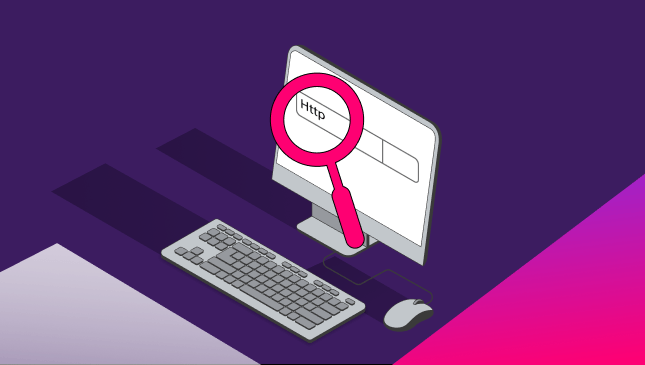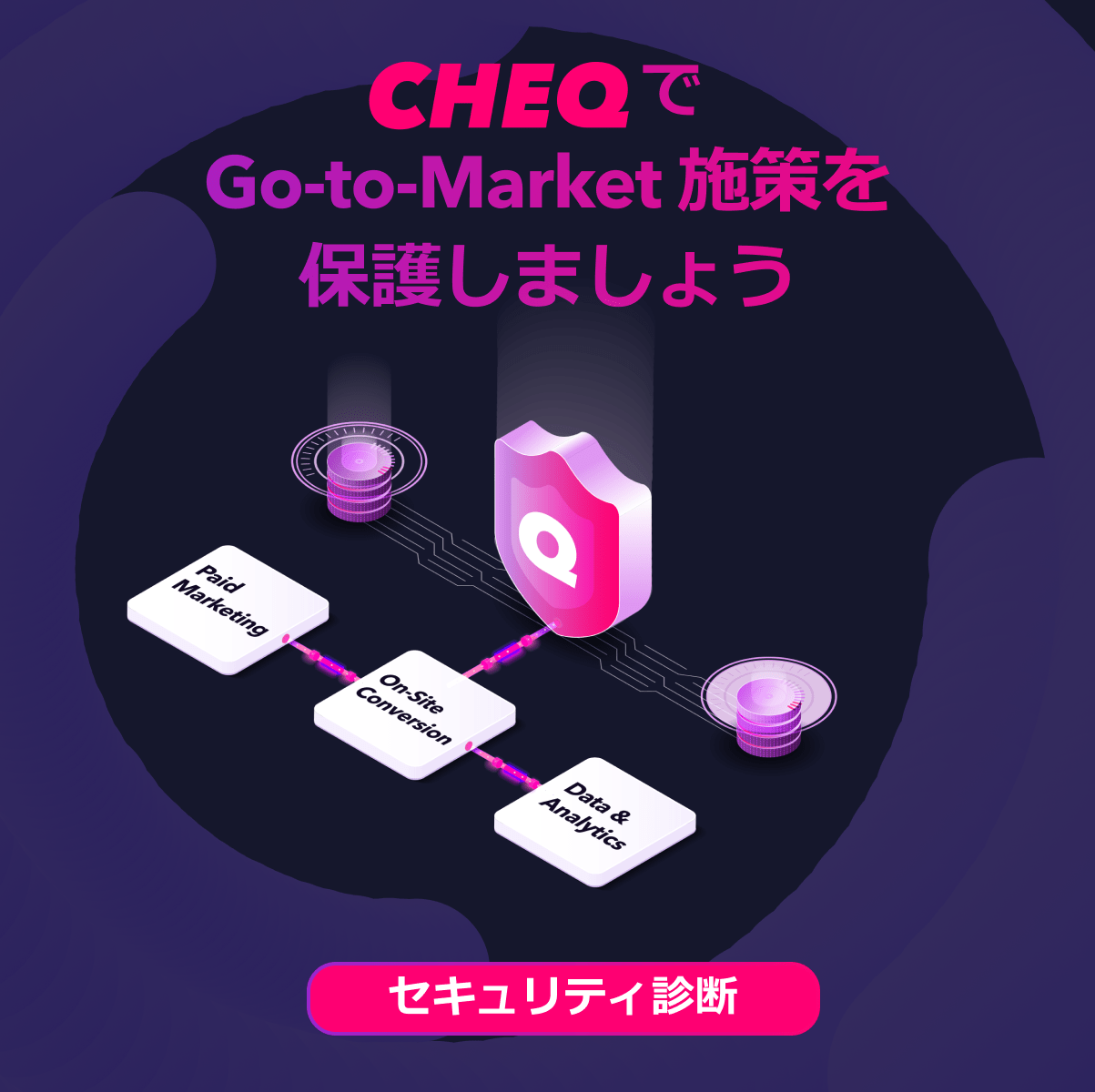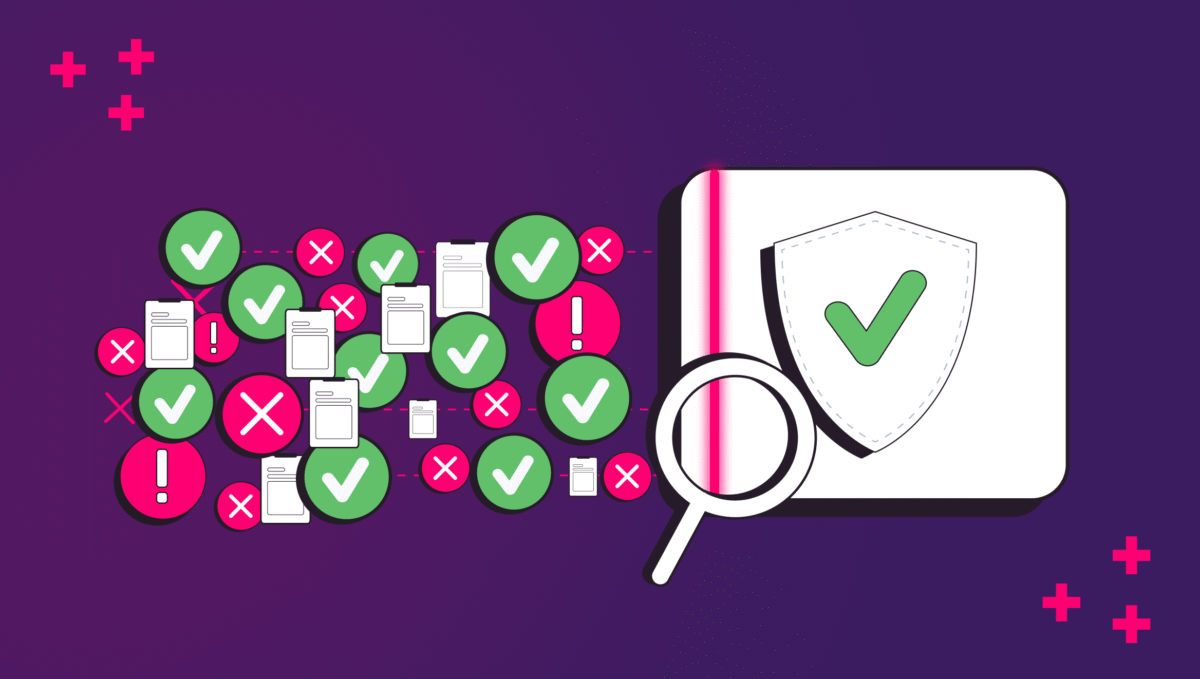How to Comply with PCI DSS 11.6.1 – Tamper Evident HTTP Headers
Jeffrey Edwards
|Privacy & Compliance | September 14, 2023

The Payment Card Industry Data Security Standard (PCI DSS) remains an essential framework for organizations that handle cardholder information. Established to counteract data theft and fraud, PCI DSS has undergone multiple revisions to address emerging cyber threats. The most recent update, PCI DSS v4.0, introduced a range of new requirements that many organizations are still working to fully comprehend and implement.
We’ve already explored the overarching changes in PCI DSS v4.0 and taken an in-depth look at the new client-side security requirements of section 6.4.3.
Now let’s turn our attention to section 11.6.1, another crucial update with significant implications for online payment security.
Unlike section 6.4.3, which centers on the integrity of scripts in a consumer’s browser, section 11.6.1 mandates mechanisms for detecting and responding to unauthorized modifications. This section aims to address specific vulnerabilities like skimming attacks, typified by the magecart threat, among other client-side risks. It requires a specialized change- and tamper-detection mechanism to identify and alert organizations to unauthorized adjustments affecting HTTP headers and payment page content as they appear in the consumer’s browser.
This article will provide a detailed exploration of the requirements in PCI DSS section 11.6.1 and offer insights into how organizations can best align their security measures with these new mandates.
PCI DSS 11.6.1 requirements: tamper detection for HTTP headers
The core requirements of PCI 11.6.1 are as follows:
- A change- and tamper-detection mechanism is implemented to alert personnel to unauthorized modification (including indicators of compromise, changes, additions, and deletions) to the HTTP headers and the contents of payment pages as received by the consumer browser.
- The mechanism is configured to evaluate the received HTTP header and payment page.
- The mechanism functions are performed as follows:
- At least once every seven days OR
- Periodically (at the frequency defined in the entity’s targeted risk analysis, which is performed according to all elements specified in Requirement 12.3.1).
In so many words, this regulation is a recognition of the dynamic nature of the modern webpage, which typically relies on dozens of (primarily JavaScript) objects to assemble content on the client-side. While this approach has made websites faster, more customizable, and more dynamic, it’s also made the client-side a favorite target for hackers, who attempt to leverage the piecemeal nature of modern websites by exploiting and modifying scripts in order to gain access to consumer data.
Due to this, the regulators at PCI DSS say that “the only place to detect changes or indicators of malicious activity is in the consumer browser as the page is constructed and all JavaScript interpreted.”
The logic being that, by comparing the current version of the HTTP header and the active content of payment pages as received by the consumer browser with prior or known versions, organizations can detect unauthorized changes that may indicate an attack.
What is the purpose of this new regulation?
As noted above, the primary objective of this regulation is to address the rising threat of client-side attacks such as cross-site scripting (XSS), formjacking, and webskimming attacks, particularly Magecart attacks, which involve injecting malicious scripts into payment pages to siphon off sensitive user data. These scripts can operate in real-time, stealing payment card information as the consumer enters it. To learn more about web skimming attacks, check out our blog on ecommerce payment page attacks, where we simulate and dissect common web skimming techniques.
How PCI-DSS 11.6.1 compliance checks will work
The PCI DSS approach for examining compliance with section 11.6.1 is straightforward:
11.6.1a: System settings, all payment pages, and monitoring logs will be thoroughly examined to ensure there is a change and tamper detection mechanism deployed.
11.6.1b: Configuration settings will be checked to ensure the mechanism has been set up compliantly and that it evaluates the received HTTP header and payment page.
11.6.1.c: Businesses are required to either perform the checks weekly, or to complete a risk assessment to ascertain a safe frequency of checks. An audit will include an analysis of this risk assessment, and verification that the requirement is performed at the necessary frequency.
However, PCI DSS v4.0, also introduces a ‘Customized Approach’ to meeting requirements. This alternative approach the use of innovative technologies and methods to meet a control objective, even if they deviate from the predefined requirement approach.
For section 11.6.1, the customized approach simply requires that e-commerce skimming code or techniques cannot be added to payment pages as received by the consumer browser without a timely alert being generated, and that anti-skimming measures cannot be removed from payment pages without a prompt alert being generated.
Examining possible solutions for PCI DSS 11.6.1
As with section 6.4.3, the regulators have made several suggestions and examples of existing technologies that can be leveraged to comply with the requirements of section 11.6.1.
Mechanisms that detect and report on changes to the headers and content of the payment page include but are not limited to:
- Violations of the Content Security Policy (CSP) can be reported to the entity using the report to or report-uri CSP directives.
- Changes to the CSP itself can indicate tampering.
- External monitoring by systems that request and analyze the received web pages (also known as synthetic user monitoring) can detect changes to JavaScript in payment pages and alert personnel.
- Embedding tamper-resistant, tamper-detection script in the payment page can alert and block when malicious script behavior is detected.
- Reverse proxies and Content Delivery Networks can detect changes in scripts and alert personnel. Often, these mechanisms are subscription or cloud-based, but can also be based on custom and bespoke solutions.
Let’s take a look at some of these solutions and examine how they can be used to achieve compliance, and where they may fall short.
Content security policy (CSP): effective but inefficient
CSPs can be a key part of compliance with PCI DSS v.4.0 section 11.6.1, which mandates alerts for unauthorized changes to HTTP headers and payment pages. By setting up a CSP, you can restrict which domains are permitted to load scripts, thereby reducing the risk of unauthorized code execution.
However, the efficacy of CSPs has limits, especially in a complex, dynamic website environment. For one, the initial setup is labor-intensive; it requires identifying all valid content sources, a process that requires deep knowledge of the website’s architecture. Keeping this list updated adds to ongoing maintenance overhead.
Multiple policies for different content types further complicate CSP management. There’s also the issue of deciphering violation reports generated by CSPs, which can be a resource drain and require constant monitoring.
Security-wise, CSPs can have loopholes. An overly broad policy might inadvertently allow risky domains, which is a direct contradiction to 11.6.1’s requirements. The use of ‘unsafe-inline’ can expose you to inline script attacks, bypassing the very detection mechanisms that you’re supposed to have in place under PCI DSS.
Lastly, CSPs don’t monitor script behavior; they only restrict based on domains. So if a whitelisted third-party script gets compromised, your CSP won’t alert you, rendering it insufficient for the stringent detection requirements of 11.6.1.
Synthetic monitoring: a passive approach to ‘proactive’ monitoring
Synthetic monitoring offers a fairly capable toolset for compliance with PCI DSS v.4.0 section 11.6.1. It works by simulating user behavior and actions, effectively identifying unauthorized changes to page elements and their functionalities.
But synthetic monitoring has its limitations–most glaringly in its inability to provide real-time monitoring. Synthetic monitoring operates at intervals, meaning any unauthorized change that occurs between these checks might slip through undetected. While this may be compliant with the seven day monitoring period outlined in the regulation, do you really want to wait a week before you’re aware of a potential attack?
Synthetic monitoring can also be a major source off false positives. The system can generate a lot of ‘noise,’ alerting to issues that aren’t real security threats. This adds to the operational overhead, requiring dedicated manpower to sort through these alerts and identify the legitimate threats.
CDNs and reverse proxies: security is not the priority
For organizations with limited resources for compliance, CDNs (Content Delivery Networks) and reverse proxies can serve as auxiliary tools to meet the requirements of section 11.6.1. These technologies primarily function to improve website performance and distribute network traffic. However, as these technologies typically cache a version of web content, they could be configured to detect deviations in header content and alert the user.
Yet, these are not without drawbacks. The foremost issue is that CDNs and reverse proxies are often designed with performance optimization in mind, not security. Aligning them with the rigorous security demands of section 11.6.1 requires additional configuration and monitoring. These tweaks can be time-consuming and may still not be adequate to catch all types of sophisticated tampering or skimming attacks.
Another critical issue is the third-party risk associated with these services. CDNs and reverse proxies are often external services, meaning they could themselves become compromised. Regular security audits could mitigate this risk but would also add to operational overhead.
Compliance isn’t optional: the hard costs of PCI DSS violations
While the timeline for implementation of these new requirements is gracious– organizations won’t be obligated to validate these new requirements until March 31st, 2025– that doesn’t mean compliance is optional. Nor does it mean that client-side security is any less imperative today than it will be in March 2025.
Even without compliance implications, attacks affecting PII can be costly. According to the IBM Cost of a Data Breach report, customer PII is the most commonly breached record type in 2023, with 52% of all breaches involved some form of customer PII. And the average cost of those breaches is high–stolen employee PII costs organizations an average of $183 per record, according to IBM.
Add in the penalties for PCI DSS noncompliance, which can range from monthly fines of up to several hundred thousand dollars to increased transaction fees all the way up to a complete loss of card processing privileges, and it’s clear that the financial stakes for ensuring client-side security are exceptionally high. Failure to comply not only puts your business at risk of hefty fines, but also erodes consumer trust, potentially inflicting long-term damage on your brand. Given these considerations, there’s little room for delaying or downplaying the importance of adhering to the latest PCI DSS standards, especially Section 11.6.1.
Leveraging CHEQ Privacy Compliance Enforcement
Navigating the maze of PCI DSS 6.4.3 and 11.6.1 compliance presents its own set of challenges. Traditional solutions like Content Security Policies, Synthetic User Monitoring, CDNs, and reverse proxies, while adequate for specific use-cases, often lack the comprehensive, real-time control needed for robust data governance. These tools may also introduce administrative complexity and security loopholes that could compromise compliance efforts. CHEQ Privacy Compliance Enforcement (PCE) steps in to fill these gaps, offering a streamlined approach to compliance that puts control back in your hands.
Intelligent Monitoring: With one line of JavaScript, CHEQ PCE monitors all requests to load additional scripts or tags on the webpage, intercepting these requests for review.
Data Governance: CHEQ PCE can determine whether a given script or tag is allowed to load and execute. Granular controls let you block specific types of data transmission or script behaviors.
Real-Time Alerting and Blocking: Any script or tag found to violate your policies is blocked in real-time, ensuring immediate compliance with data privacy rules and reducing the window of exposure to threats.
Script Categorization: Easily audit, document, and categorize the scripts running on your site. Ensure that protections are not only applied to direct website services, but all services utilized by proxy.
Robust Reporting: Comprehensive logging and reporting of blocking and decisions, providing valuable data for compliance audits.














